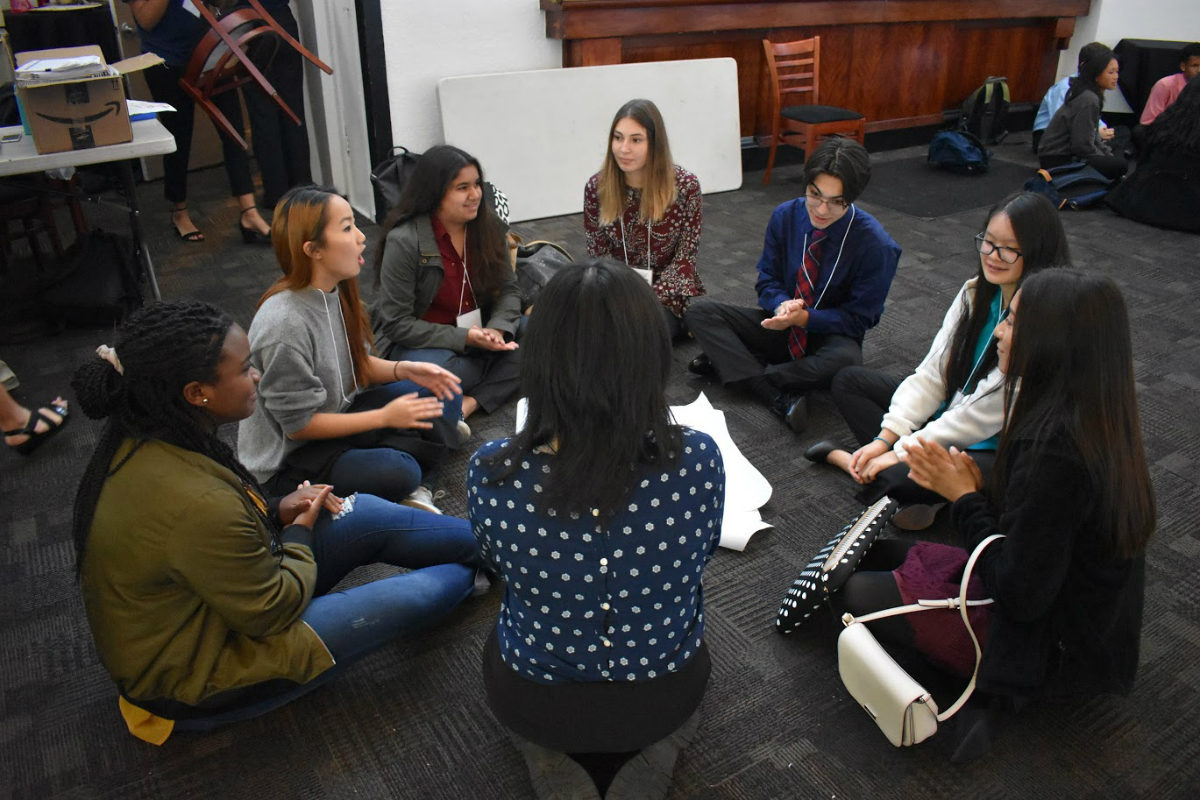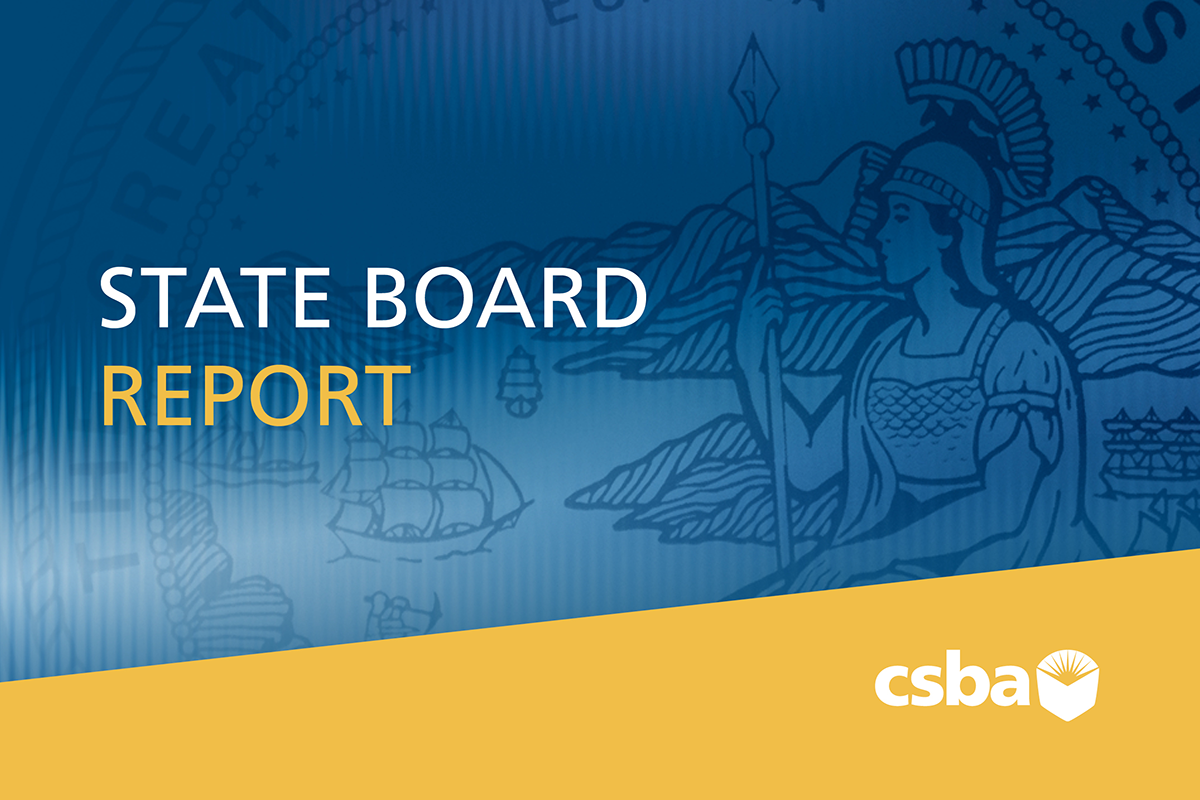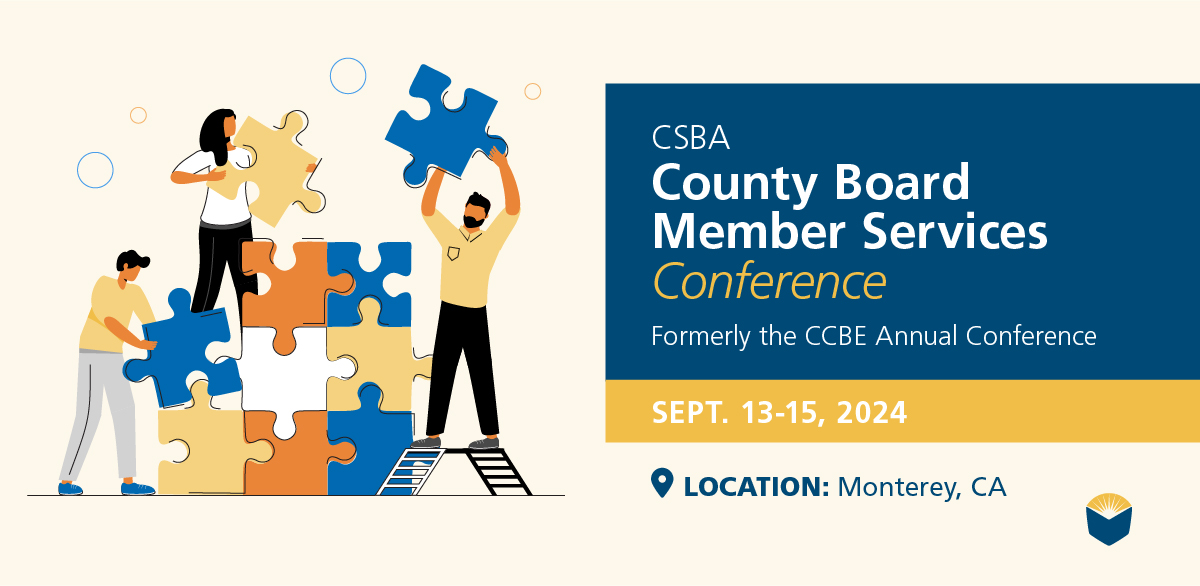In a small conference room above a restaurant a few blocks from the State Capitol, a group of high school students sit in a circle to discuss education and advocacy. After each student speaks, the group snaps in response. The snaps are a way to let the speaker know the group has listened, and that each voice counts.
That message also extends to their participation on the Student Advisory Board on Education. Fifty students from across California come to Sacramento in November to assess education policy and present recommendations to the State Board of Education.
“It’s a great way to be in contact with people who have so much influence,” said Killian, a senior from Beaumont High School near Riverside, of the group’s work meeting with legislators and political staff.
Throughout a busy week, the Student Advisory Board gathers in small groups to identify a proposal to bring to the SBE. As part of this process, the small groups walk the halls of the Capitol to talk with representatives and staff about education issues. By the last day, each group has presented its proposal and recommended solution to the State Board.
Proposals this year included adding restorative justice programs to all schools, adding Career Technical Education indicators to the new accountability dashboard, creating a youth advisory board for the lone student member of the SBE, improving student-to-counselor ratios and improving the curriculum for mental health education.
“For me, this is one of the strongest, most unique aspects about this program, and CASC as a whole — the ability to go from attending a conference to running a conference, from participating in an experience to shaping an experience,” says Ryan Chen, educational policy director for the California Association of Student Councils, which hosts the Student Advisory Board each year.
In addition to creating the proposals, participants at this year’s event said the hands-on experience of seeing how politics and policy work was a reward of its own.
“It was really eye-opening to see the doors opened to you when you go the Capitol,” said Isaac, also a senior from Beaumont High. “It shows how you can have a direct impact on the political process by meeting with people.”
Added Karen, a, sophomore at Middle College High School in Stockton, “It’s a continuation of my job [in local student government] at a bigger level, and a way to share what students want and need.”
The SBE meeting also allows students to better understand the legislative process and the sometimes slow give-and-take needed to create policy. As part of this, student board advisors can follow up on their proposals at a subsequent conference known as the Student Advisory Board on Legislation in Education, or SABLE. Their proposals can be refined and then brought to the Senate and Assembly Committees on Education.
“Every administrator should recommend the Student Advisory Board on Education Conference to their students, and sponsor them to go to it,” Chen said. “It is a unique opportunity for students to grab a hold of one’s learning experience, to explore the nuances and background of the education system, to make a difference in teaching in a tangible way, and to represent the voices of the 6.3 million students across California.”
To learn more, visit www.casc.net/sabe.





